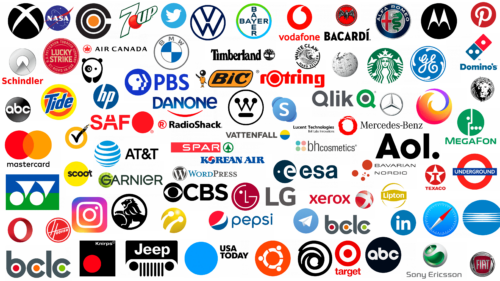In today’s dynamic world of digital communications, emoticons play an important role in conveying various emotions and facial expressions. Rapid changes in Internet culture often outpace Unicode’s speed in introducing emoticons that meet the latest trends among younger audiences. A case in point is the growing popularity of Ahegao emoticons.
Translated from Japanese, “ahegao” means “ah-face,” an expression of intense pleasure often seen in anime. This expression usually involves rolling one’s eyes, sticking out one’s tongue, and a general enthusiastic look. It has become widespread on the Internet, especially among people known as “ahegao-chan,” who imitate the expression. Exaggerated facial expressions and flushed cheeks characterize this trend.
Users have ingeniously identified an existing standard Unicode emoji that perfectly replicates the “ahegao” expression. The 🥵 Fever emoji denoted as U + 1F975, was included in the Faces and Emotions category in Unicode 11.0 in 2018. This emoji, depicting a flushed, overheated face, was adopted as a replacement for the expression Ahegao. This adaptation demonstrates how users use existing digital resources to express new, evolving cultural phenomena, emphasizing online communication’s inventive and fluid nature.
Meaning and use of the Ahegao Emoji
Ahegao, a term originating from Japanese anime and manga culture, denotes an exaggerated facial expression often linked to intense pleasure or excitement, including the sexual kind. This expression typically includes eyes rolled back, an open mouth, and a protruding tongue. The word “ahegao” combines “ahe,” meaning a gasp or moan, with “kao,” meaning face.
Initially confined to Japanese adult magazines and explicit manga in the 1990s, ahegao gained broader exposure and popularity in the 2000s. Anime enthusiasts began the trend of redrawing characters with ahegao expressions, leading to what was humorously termed “ahegao-kin” or “ahegao infection,” as if an imaginary virus hit the characters.
This expressive style eventually spilled over into internet culture, sparking a unique subculture. Individuals, especially young women, began emulating ahegao faces, often while donning anime-inspired outfits, garnering both admiration and critique on social media platforms.
Experts on the subject outline three primary elements of ahegao: a wide-open mouth with the tongue sticking out, visible signs of bodily fluids like tears or saliva, and eyes rolled up to hide the pupils. In modern interpretations, these rules are sometimes applied wholly or in part, such as partially rolled eyes or just the mouth and tongue aspect.
The 🥵 emoji, commonly known as the Fever Emoji, unintentionally matches these ahegao characteristics. Originally designed to represent illness or overheating, its flushed face and open mouth align with the ahegao style, showcasing how emojis can unexpectedly parallel evolving cultural trends.
Because of its origin and sexual connotation, the Ahegao emoji can be perceived as inappropriate or offensive in certain contexts. It is closely related to adult themes present in some manga and anime, so its use can be ambiguous, especially in formal or public settings. Its appropriateness depends largely on the context of the conversation and the social norms of the platform on which it is used.
Final thoughts
In the ever-evolving world of digital communication, it’s fascinating to see how existing emojis can adapt to represent new, trending concepts, even those that have only recently gained popularity. This adaptability is a testament to the versatility of the emoji language. Interestingly, some emojis, approved by Unicode over five years ago, have found new life and meaning in today’s internet culture.
The interpretation of an emoji can vary significantly depending on the context and the person you’re communicating with. It’s a reminder of the subjective nature of digital language. When using an emoji to convey a specific, possibly new, or unconventional idea, the key lies in ensuring that your message is clear to the recipient. Your challenge is to use these familiar symbols in a way that conveys your intended meaning effectively, considering how others might perceive it.
This dynamic use of emojis highlights not only the creativity of users but also the fluidity of digital communication. Initially designed for one purpose, emojis can be repurposed to fit the ever-changing landscape of online expression, showcasing the unique way we adapt and evolve our digital language to suit our current cultural and communicative needs.





